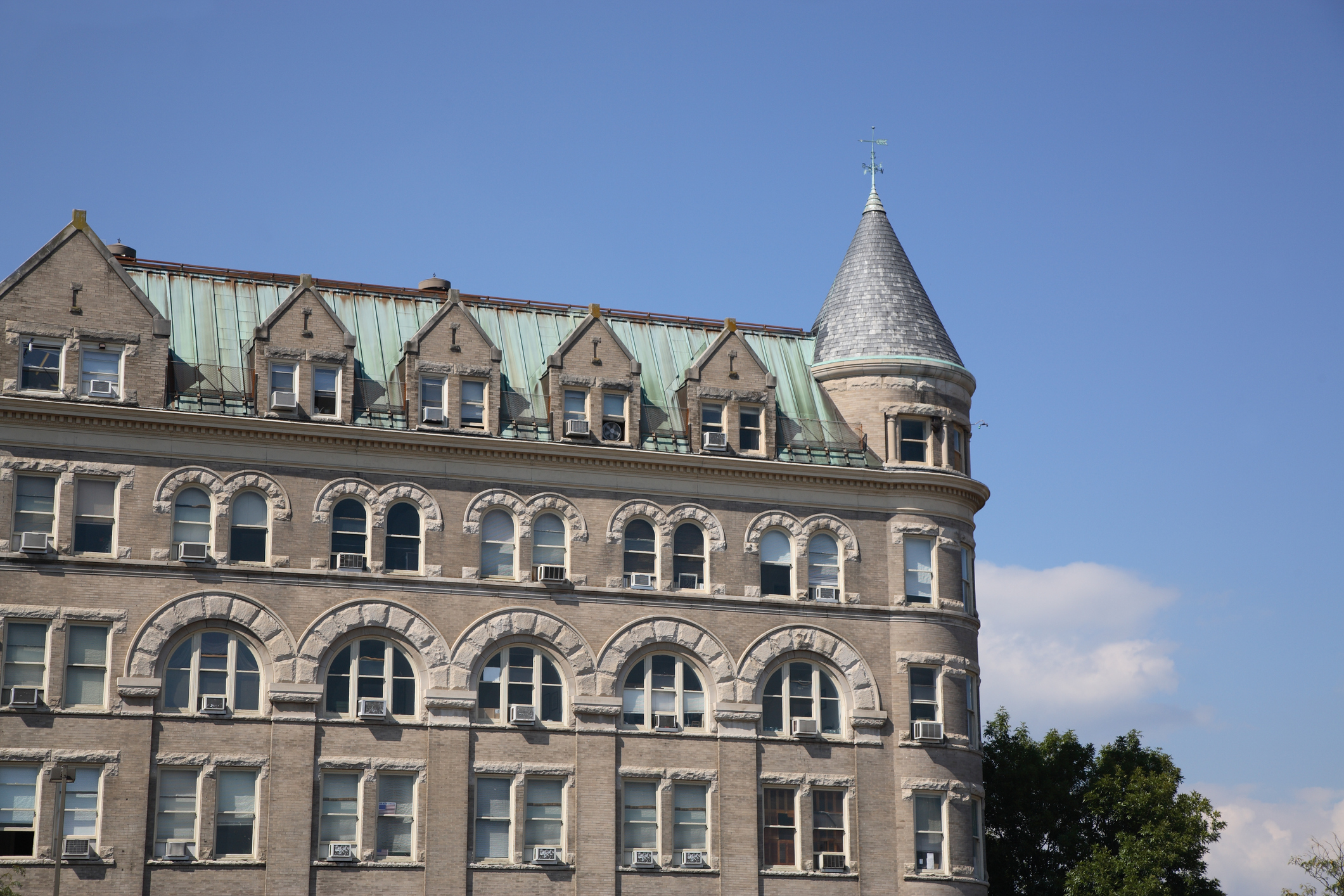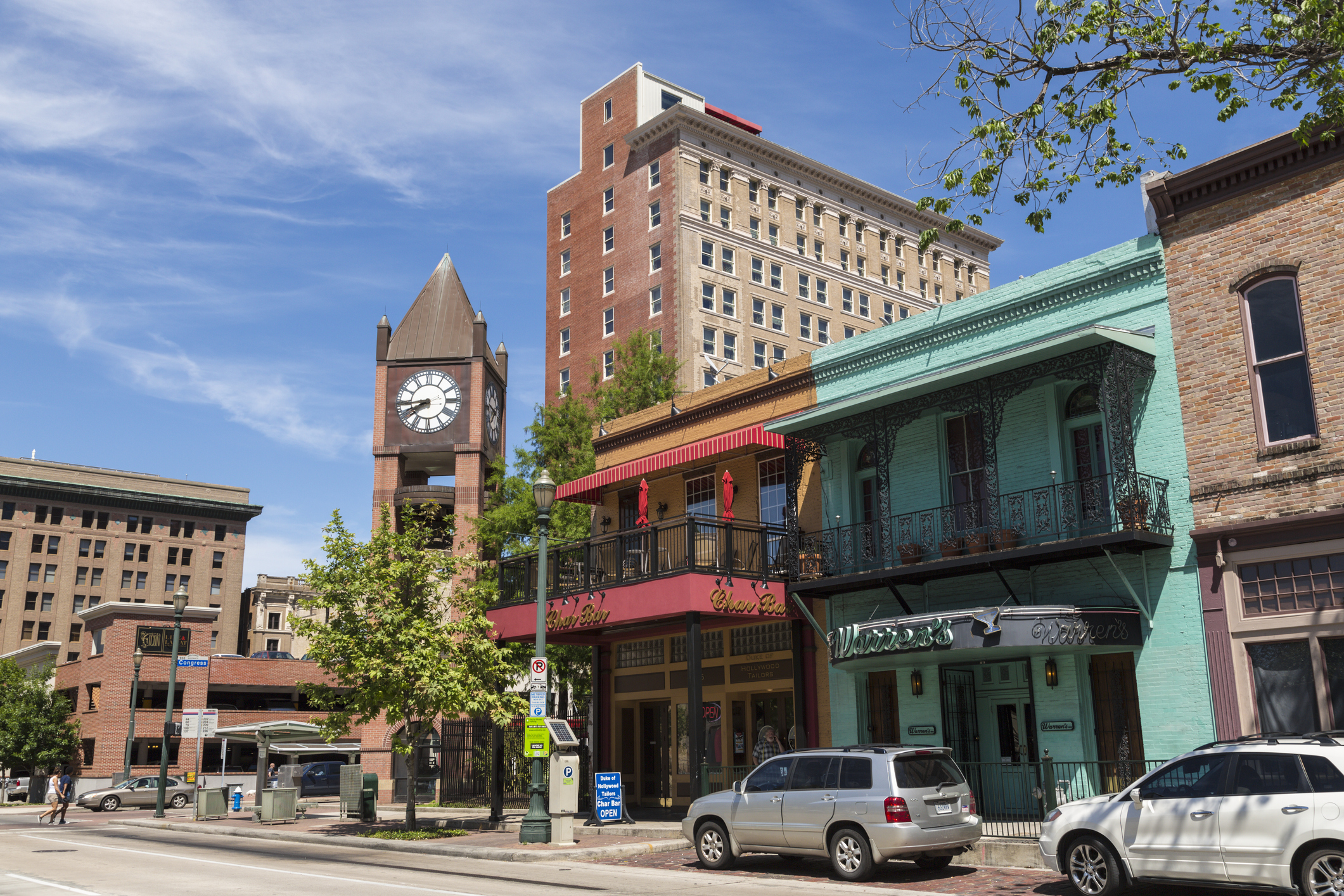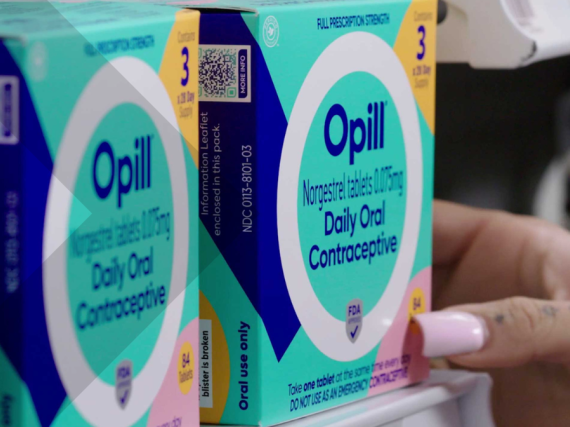Meet the Reproductive Well-Being Shared Learning Collaborative Teams
Power to Decide understands that communities themselves are best positioned to determine the specific approach for achieving reproductive well-being where they live. To support effective implementation and scale of reproductive well-being principles locally, we launched a place-based reproductive well-being learning collaborative to address reproductive well-being at the community level. Between January 2020 to May 2023, Power to Decide is convening and supporting a shared learning collaborative of seven place-based, multisectoral teams committed to building a system of support for reproductive well-being in their regions or communities. Power to Decide provides each place-based team with funding, customized coaching, and capacity building over the 3-year project period. Below are descriptions of the teams.
City of Harrisonburg and Rockingham County, Virginia

The Harrisonburg-Rockingham County area is located in the Central Shenandoah Valley of Virginia, where approximately 4,600 women age 13-44 need access to publicly funded reproductive health services. There is only one health center available to meet the reproductive health needs of the community and comprehensive reproductive health services remain limited, under-staffed, and geographically difficult to reach for many in need.
The Harrison-Rockingham team, comprised of team members from VPREIS at James Madison University, plans to improve access to reproductive healthcare and address systemic and community-wide barriers to reproductive health care for those that remain most marginalized.
Commonwealth of the Northern Mariana Islands (CNMI)

The CNMI is located in the Northwestern Pacific Ocean and the population of 53,883 people lives primarily on three of the 14 islands. All public-school children are eligible for free lunch, an indicator of the economic issues in the islands. In 2012, the CNMI public school system and Hawaii Youth Services Network initiated a teen pregnancy and STI prevention program that has been highly effective in reducing teen births and sexual activity. However, a recent Teen Health Focus Group identified fears among adolescents to go to clinics, concern regarding confidentiality and of running into a relative at the local clinics, and stigma and uncertainty about birth control. Core team members from the CNMI Public School System, the Commonwealth Healthcare Corporation, and Hawaii Youth Services Network are working to improve reproductive well-being among adolescents on the islands.
Detroit, Michigan

Detroiters are predominately Black, with 33% of families living in poverty and 20% of adults without a high school degree. Detroit also has an alarmingly high infant mortality rate at 14 per 1,000 live births compared to six nationally. Maternal pregnancy-related mortality rate mirrors this at 32 per 100,000 live births vs. 18 nationally. The city’s provider shortages and lack of federally funded family planning Title X Clinics likely contribute to these reproductive health inequities.
The Henry Ford Hospital in partnership with Black Family Development, Inc. and the greater faith community plan to advance reproductive well-being in Detroit through The Women & Person-Empowered Community Access for Reproductive Equity (WE CARE) Initiative.
Oklahoma City, Oklahoma

Oklahoma has the third highest teen birth rate in the nation, and Oklahoma County has the highest number of teen births in the state.
Thrive, Sexual Health Collective for Youth, in partnership with their larger collective impact stakeholder community plan to lead a collective impact collaboration to reduce teen pregnancy and improve sexual health among adolescents in Oklahoma County, with specific emphasis on youth in the foster care system.
Omaha, Nebraska

In highly segregated Omaha, North Omaha represents a section of town with high rates of poverty where most residents are African American. North Omaha consistently has the highest prematurity and infant mortality rates in Omaha. It has the lowest life expectancy in the region and consistently ranks among the lowest across a range of health outcomes.
Team members at University of Nebraska Medical Center and the March of Dimes are looking to create a community campaign that will focus on centering equity in reproductive well-being in North Omaha, NE.
Syracuse, New York

Syracuse, New York has a long history of racist policies including redlining and white flight, which has led to disinvestment in the city. Syracuse is ranked first in the US for rate of concentrated poverty among Blacks and Latinos. The community is deeply committed to turning this narrative around and embracing dialogue around race and equity.
The Allyn Family Foundation, in partnership with a larger collaborative including Family Planning Service of Syracuse, Planned Parenthood of Central and Western New York, and M.S. Hall & Associates, is working to advance reproductive well-being for youth and families in Syracuse, NY.
Travis County, Texas

The Austin/Travis County has a population of 1.3 million, representing more than half of the total population of over 2 million in the five county Metropolitan Statistical Area. The young population in Travis County is diverse. Almost half of the population under age 18 is Hispanic, about one third is white, and the rest of the young population is Black, Asian, or identifies with other races or ethnicities.
The Austin/Travis County team with team members from Cardea and the Center for Adolescent Health at People’s Community Clinic, plans to expand and enhance an existing collaborative of local organizations dedicated to improving reproductive well-being including The Travis County Adolescent Health Collaborative, The Texas Youth Friendly Initiative, the Austin Public Health Community Health Improvement Plan, and Fast Track Cities Austin.



